Grocery shopping is a habitual task of navigating aisles, filling carts, and checking out products. Amid this routine, brands have a unique opportunity to engage consumers through their package design. The magic lies in the details—small touches that can make shoppers pause and appreciate the products they choose, creating the opportunity to turn an ordinary trip into a delightful experience.
This blog will explore how clever packaging can surprise consumers, establishing an intimate emotional connection. We’ll explore different examples where details made all the difference, effectively capturing consumer hearts and minds.
#1. Meiji Milk Carton.
Let’s start our journey with a seemingly unassuming Meiji milk carton. At first glance, it appears to be just like any other milk packaging—simple, straightforward, and relatively unremarkable.
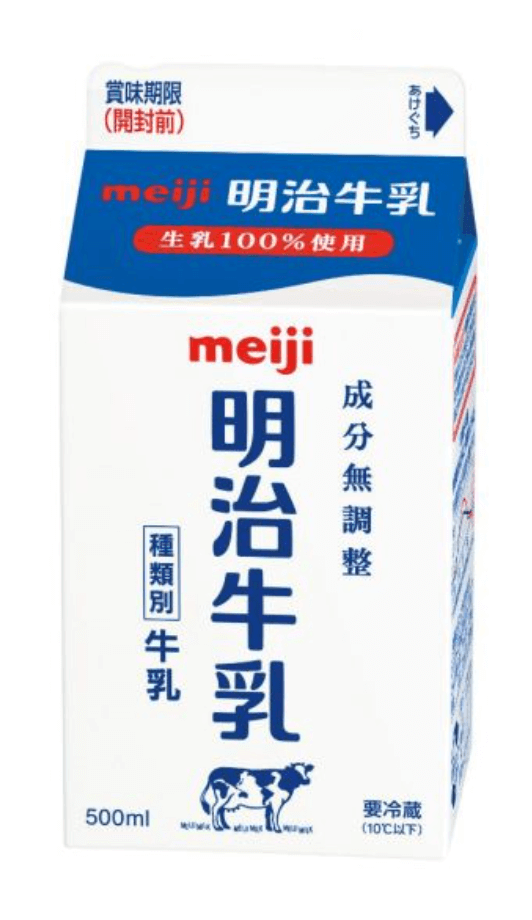
Image Source: withnews
Yet, when taking a closer look, it shows the subtle brilliance hidden within the visuals. The cow, a familiar symbol associated with milk, becomes a canvas for thoughtful graphic design. Embedded in the grass is a clever incorporation of the brand name, “MEIJI MILK.” An even closer examination reveals that the pattern on the cow’s body forms part of the world map.
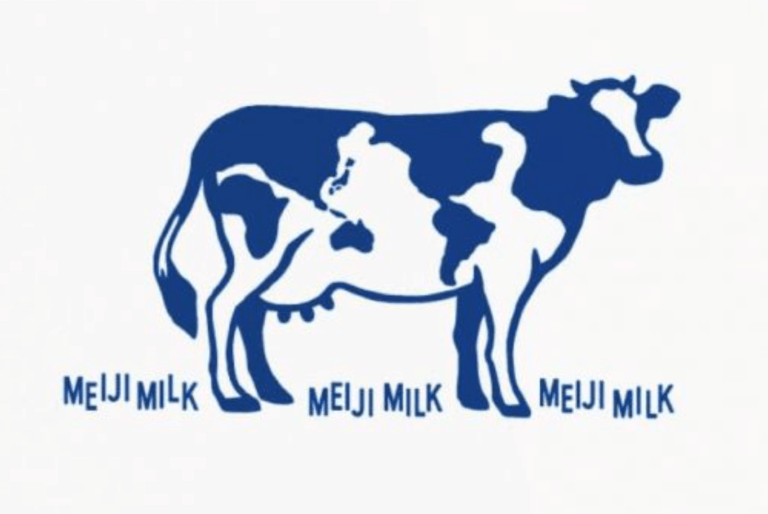
Image Source: withnews
This nuanced detailing sparked a wave of enthusiastic discussion on X (formerly known as Twitter) in Japan. Consumers, upon making this delightful discovery, took to social media with praise for the Meiji brand. What could have been just another ordinary milk carton became a positive marketing strategy. Instead of becoming another routine purchase, it became a hot topic of conversation, acting as a “free” advertising campaign fueled by the genuine admiration of the general public.
Meiji’s success illustrates the profound impact of modest but sophisticated packaging design on brand perception. It goes beyond just containing a product; it becomes a medium through which the brand communicates its values, creative spirit, and approachability. In the world of cluttered consumer choices, brands that invest in these subtle, surprising details may stand out elegantly and etch themselves into the hearts of consumers.
#2. Notch Mark on Milk Cartons.
Yes, here comes the humble milk carton again, but this time from the perspective of inclusivity.
In Japan, the notch mark on milk cartons stands as a small yet powerful symbol of inclusivity. With a chip off the top, this structural design element, adopted by many milk brands, serves people who are visually impaired. The arc-shaped notch allows people with low or impaired vision to distinguish it from other dairy products.
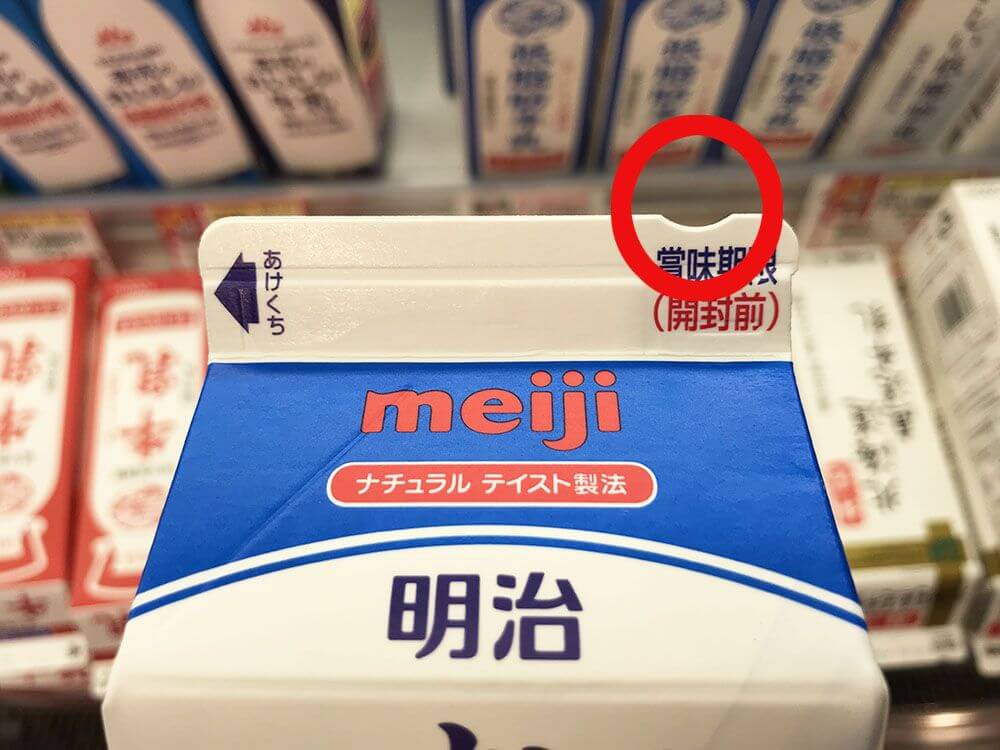
Image Source: Ikidane
This inclusive design goes beyond the goal of product differentiation. The notch subtly signals that the opening is on the opposite side, adding an extra layer to this user-friendly design. Intriguingly, although not legally mandated, there is an agreement among major brands to adopt the notch. It showcases a collective commitment to inclusivity that extends beyond the minimum requirements of the law.
Not only are these thoughtful designs found on milk cartons, but they have also made their way into other consumer goods, such as canned alcoholic drinks and shampoo/conditioner bottles. This broader application of inclusive packaging highlights the CPG industry’s awareness of diverse consumer needs and a willingness to exceed regulatory expectations, ultimately fostering a more accessible and inclusive marketplace.
#3. Nissin Cup Noodle.
In recent years, consumers and governments around the world have further demanded that CPG brands adhere to ESG principles and adopt sustainable practices. Nissin Cup Noodle emerges as a stellar example of how sustainability and consumer experience can coexist harmoniously. The brand recognized the need to reduce plastic waste while simultaneously enhancing both the visuals and functionality of the packaging design.
Traditionally, the cup noodle packaging featured a plastic sticker at the bottom of the cup. The purpose was to let consumers cover the lid after pouring hot water into it, allowing the noodles to cook evenly. However, this created additional plastic waste. As part of the brand’s commitment to sustainability, Nissin embarked on a creative journey to rethink its approach to packaging—a transformation that not only reduced environmental impact but also elevated the overall consumer experience.
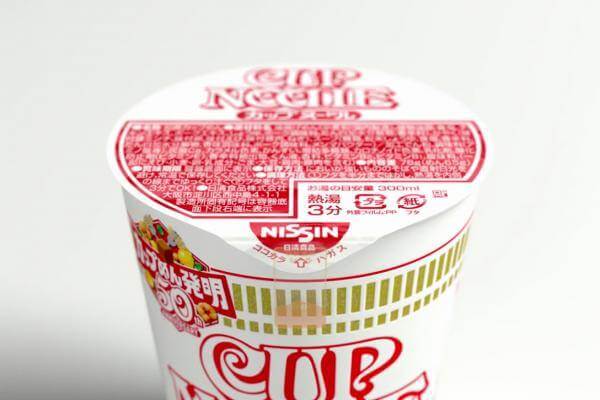
Image Source: Line
Nissin’s innovative solution involved replacing the single-flipped lid with a double-flipped lid. It ensures a more secure seal to retain heat within the cup without the need for a sticker. This change wasn’t only in line with sustainability goals but also enhanced the consumer experience while enjoying the product.
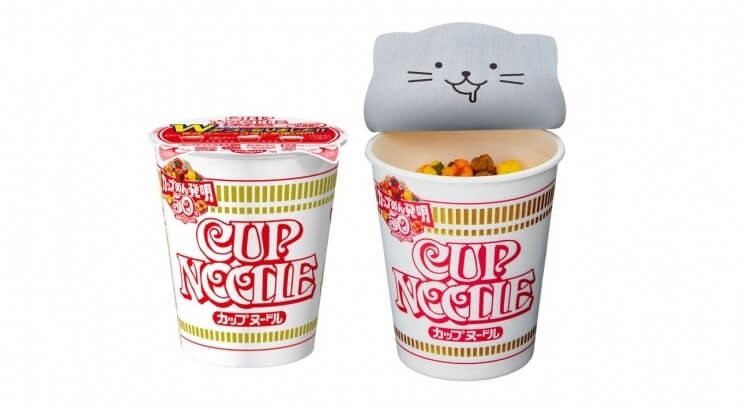
Image Source: FoodNavigator Asia
Still, Nissin didn’t stop there; they added a delightful human touch by incorporating a cute kitten face illustration on the bottom of the lid. This creative addition turned the two flips into the adorable ears of a kitten, adding a playful and endearing moment to the culinary experience. Nissin Cup Noodle is a perfect example of where sustainability meets creativity.
By demonstrating that sustainability and consumer delight are not mutually exclusive, Nissin positioned itself as a pioneer in the realm of packaging innovation. It exemplifies how eco-friendly packaging innovation can be seamlessly integrated into product design, providing a refreshing experience for consumers while contributing to a more sustainable future.
Nissin’s approach is just one example of the immense opportunities for CPG brands to transcend traditional packaging norms and make a lasting positive impact on both consumers and the environment.
THE TAKEAWAY
In the realm of CPG packaging, these examples show how tiny things matter. From intricate and inclusive milk cartons to eco-friendly and delightful noodle cups, these details make the products special. They convey heartwarming brand stories, creating memorable touch points with consumers.
These excellent examples aren’t accidental; they imply the concerted effort by product, structural, and packaging design teams. They prove that small details can transform grocery shopping into a noteworthy experience. Brands should be meticulous in their storytelling, recognizing that every marketing element contributes to brand equity. The examples in this blog remind us that in the world of CPG packaging: little things can make a big difference.

